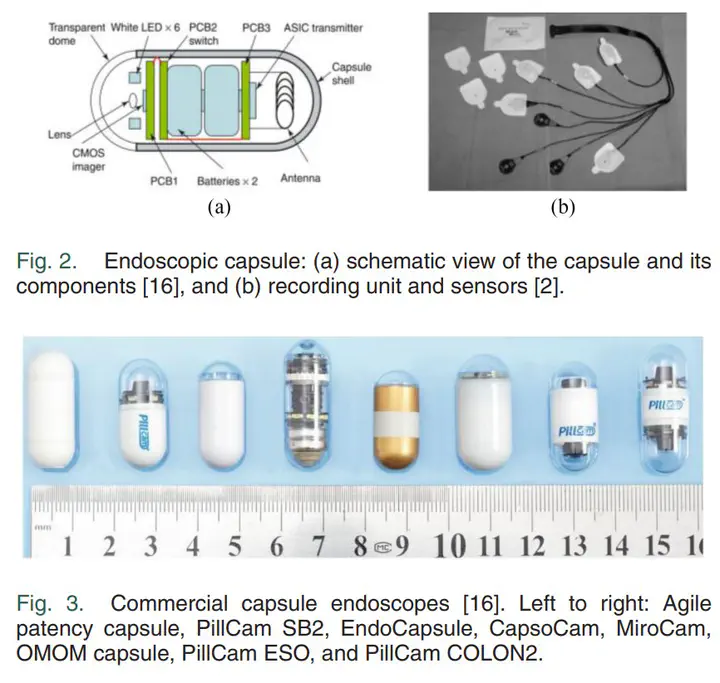Are Current Advances of Compression Algorithms for Capsule Endoscopy Enough? A Technical Review
 Image credit: IEEE
Image credit: IEEE
Abstract
The recent technological advances in capsule endoscopy system have revolutionized the healthcare system by introducing new techniques and functionalities to diagnose gastrointestinal tract. These techniques improve diagnostic accuracy and reduce the risk of hospitalization. Although many benefits of capsule endoscopy are known, there are still limitations including lower battery life, higher bandwidth, poor image quality and lower frame rate, which have restricted its wide use. In order to solve these limitations, the importance of a low-cost compression algorithm, that produces higher frame rate with better image quality and yet consumes lower bandwidth and transmission power, is paramount. While several review papers have been published describing the capability of capsule endoscope in terms of its functionality and emerging features, an extensive review on the compression algorithms from past and for future applications is still of great interest. Hence, in this review, we aim to address the issue by exploring the characteristics of endoscopic images, analyzing the strengths and weaknesses of useful compression techniques, and making suggestions for possible future adaptation.